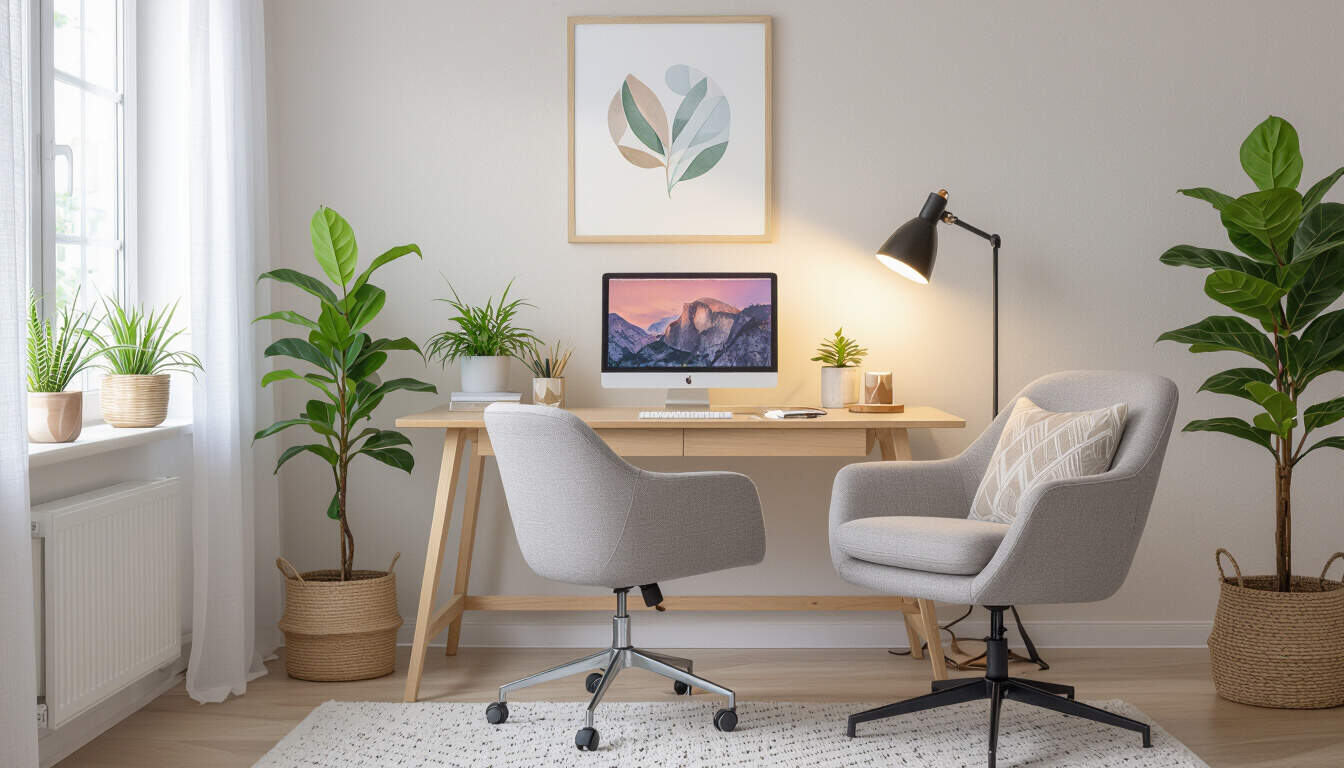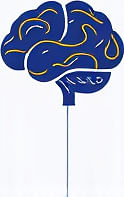Sensory Regulation Techniques for Neurodivergent Adults in Remote Work
 by Lilian Nienow
by Lilian Nienow
Explore practical sensory regulation techniques that help adults with ADHD or autism manage overstimulation in remote settings. These methods improve focus and balance, making daily work more manageable and supportive.

Remote work offers flexibility, but it can present unique challenges for adults with neurodivergent conditions like ADHD or autism. Sensory overload from home environments, such as background noise or bright screens, often disrupts concentration and well-being. This makes sensory regulation essential for maintaining productivity and comfort.
In remote settings, everyday distractions like household sounds or digital notifications can intensify feelings of overwhelm. For those with ADHD, this might mean difficulty sustaining attention, while individuals with autism may experience heightened sensitivity to textures or lights. Addressing these issues through simple techniques can lead to better daily routines and overall satisfaction.
One effective approach is creating a dedicated workspace. Begin by selecting a quiet area in your home that minimizes external interruptions. Use soft lighting and ergonomic furniture to reduce physical strain. Adding elements like plants or noise-cancelling headphones can further enhance this space, promoting a sense of calm.
Another key technique involves scheduled breaks. Taking short pauses throughout the day allows time for sensory reset. For example, step away from your desk for a few minutes to engage in activities that soothe the senses, such as listening to gentle music or feeling the texture of a soft object. These moments help restore energy and prevent burnout.
Breathing exercises offer a straightforward way to manage immediate discomfort. Inhale deeply through the nose and exhale slowly through the mouth, focusing on the rhythm. This method calms the nervous system and can be done discreetly during work hours. Regular practice builds resilience against sensory triggers.
For adults with ADHD, incorporating movement into the workday is beneficial. Simple actions like stretching or walking around the room can channel excess energy and improve focus. Pair this with tools like timers to structure tasks, making it easier to transition between activities without feeling overwhelmed.
Those with autism might find visual aids helpful for regulation. Using apps that filter screen colors or provide gentle reminders can create a more predictable environment. Experimenting with these tools allows for personalized adjustments that support individual needs.
Practical Hacks for Daily Implementation
To make these techniques part of your routine, start with small changes. Begin each day by assessing your energy levels and planning sensory-friendly adjustments. For instance, if mornings are challenging, set up your workspace the night before to avoid last-minute stress.
Consider using sensory kits. These can include items like stress balls, scented oils, or weighted blankets, which provide quick relief during intense periods. Keep them within reach to address needs as they arise.
Building a support network is also valuable. Connect with colleagues or online communities who understand neurodiversity. Sharing experiences and tips fosters a sense of belonging and offers new ideas for coping strategies.
Benefits of Consistent Practice
Over time, these techniques contribute to greater work-life balance. Improved focus leads to higher productivity, while reduced sensory overload enhances overall health. Many report feeling more empowered and in control of their environment.
It's important to track progress. Maintain a simple journal to note what works and what doesn't, allowing for ongoing refinements. This reflective practice encourages growth and adaptation.
In closing, adopting remote work strategies tailored to neurodivergent experiences can transform challenges into opportunities. By prioritizing sensory regulation, adults with ADHD or autism can achieve a more harmonious and productive life.
